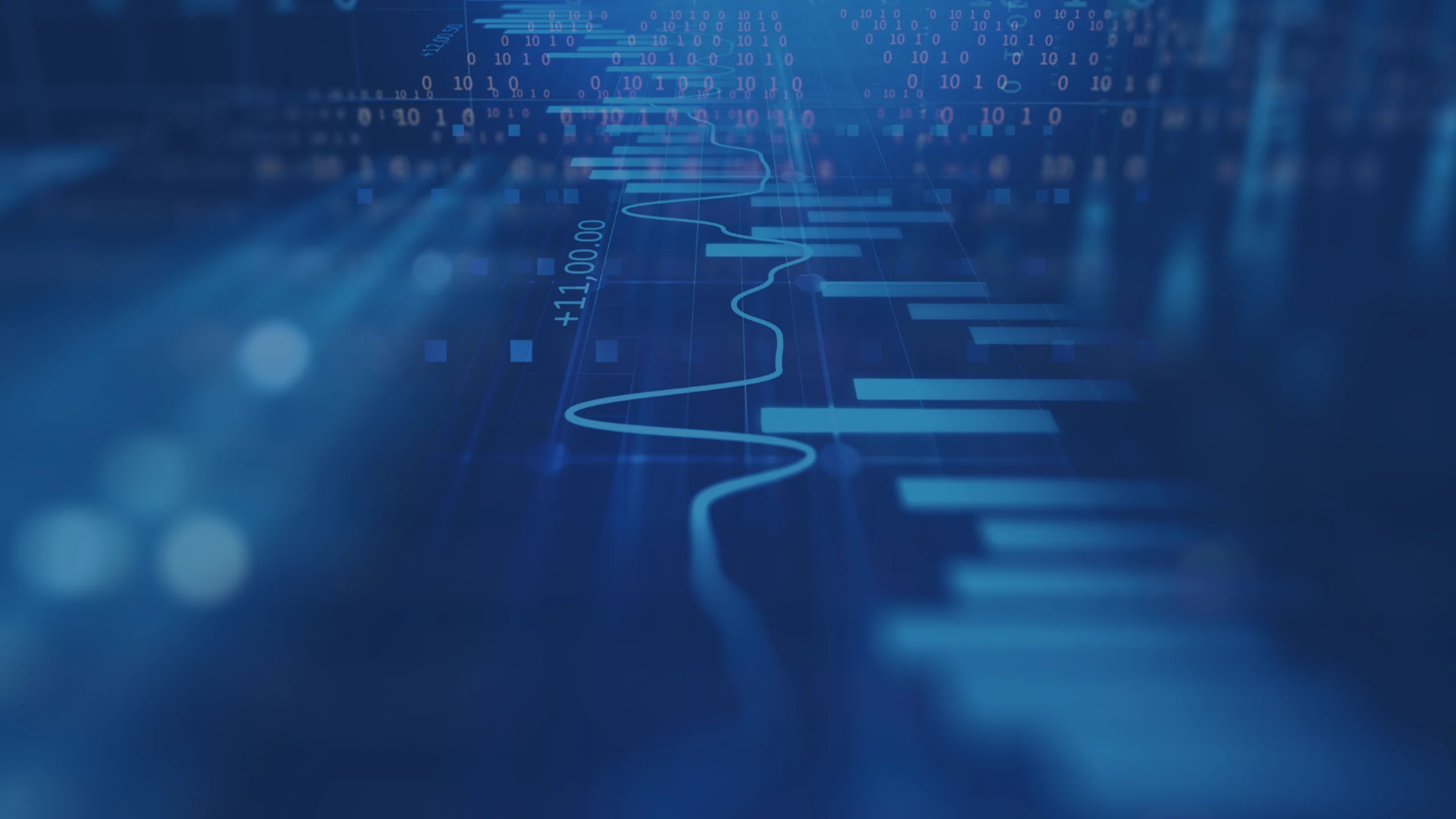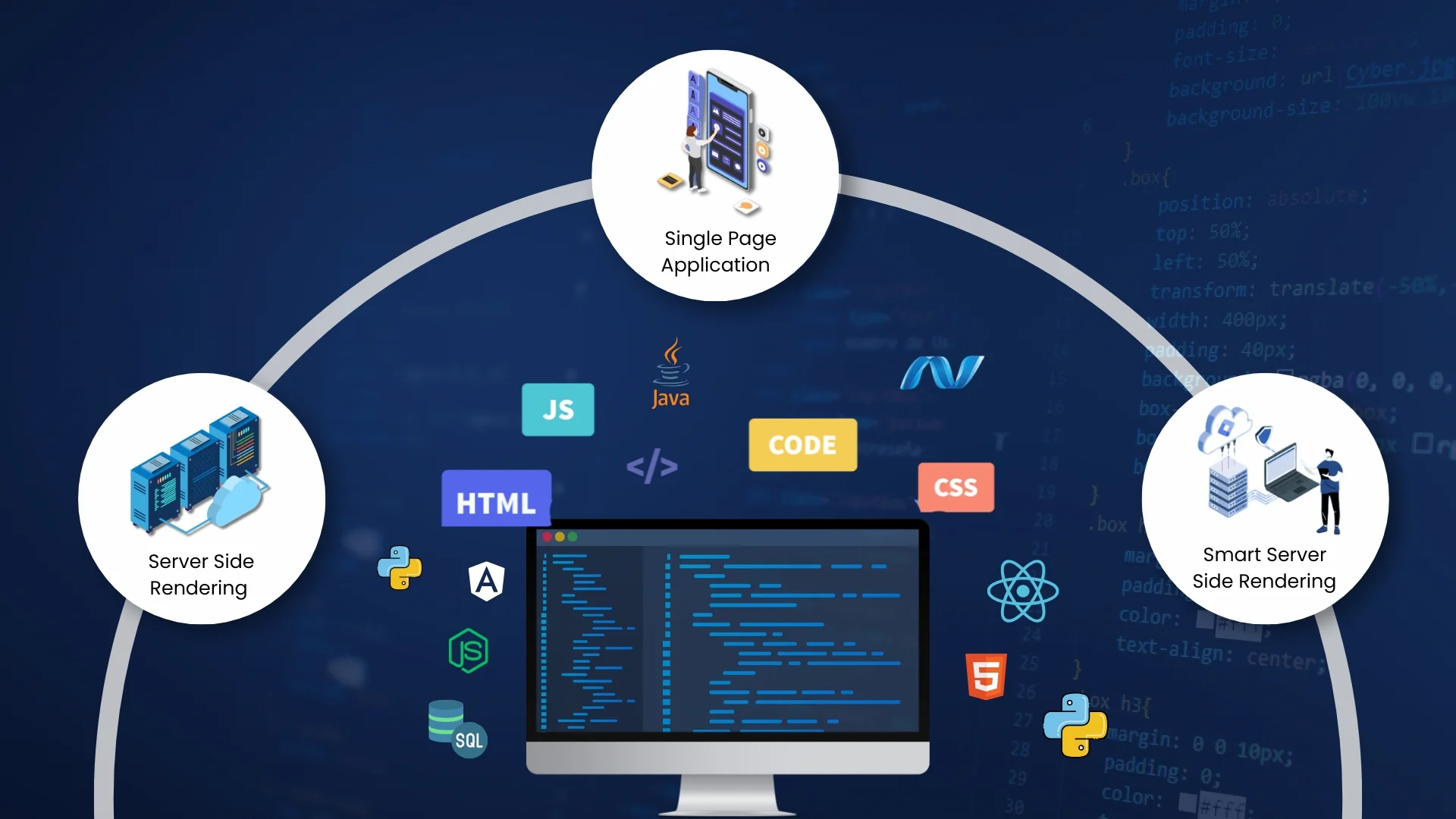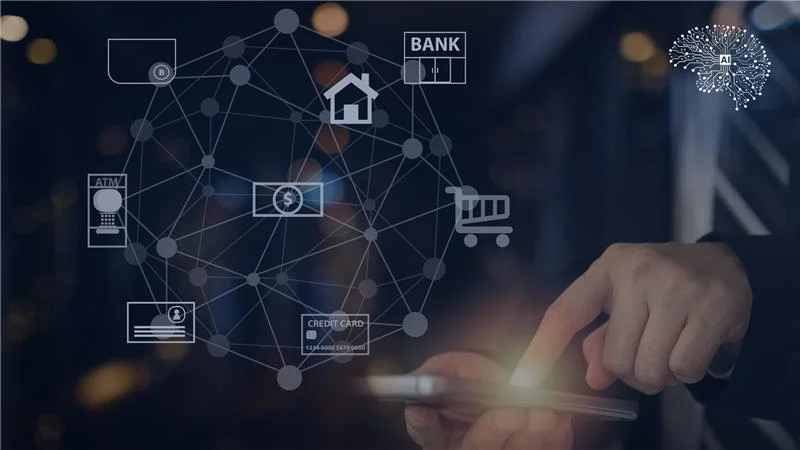Introduction
Technical debt is a constant companion in software development. After a brief exploration in our last blog, we now aim to equip your team with the skills to manage this facet effectively. It’s not just a burden but an opportunity for long-term success. This guide helps proactively address, mitigate, and harness technical debt through Legacy Modernization and its best practices.
Table of Contents
What is Legacy Modernization
Reducing technical debt involves prioritizing areas, conducting code reviews, automation testing, refactoring, maintaining documentation, enforcing coding standards, creating a backlog, adopting agile practices, employing CI/CD pipelines, tracking KPIs, and investing in skill development.
Addressing technical debt can be complex, especially when all strategies can’t be applied simultaneously. Some firms depend on their proprietary software, making it vital to strike a balance between using existing solutions and staying current. Sparity provides a widely recognized solution and expert guidance to help organizations achieve this equilibrium effectively.
Legacy modernization refers to the process of updating and enhancing outdated software applications to align them with contemporary technology standards and business needs. This typically involves improving performance, security, and user experience while retaining essential functionality. The goal is to extend the lifespan and relevance of older applications, reducing maintenance costs and enabling them to integrate seamlessly with newer systems and technologies.
Need and Importance
Legacy modernization is essential for organizations to stay competitive and efficient in the rapidly evolving technological landscape. It addresses performance bottlenecks and security vulnerabilities by revamping application architecture and codebase. Modernized applications prioritize user experience, regulatory compliance, and data-driven decision-making. They offer scalability, compatibility, and competitiveness, allowing organizations to adapt and expand their software infrastructure.
For Instance, Government agencies must urgently modernize critical legacy systems, as highlighted by the U.S. Government Accountability Office (GAO). Examples like the 2017 IRS computer glitch affecting millions of taxpayers and outdated COBOL-based unemployment systems during COVID underline the vulnerabilities.
Here is a tweet by ThoughtWorks, a prestigious software company describing the need of Legacy Modernization
Tackling tech debt through #LegacyModernization is urgent – but it doesn’t need to be painful. An incremental approach can be beneficial. Learn more in our new article https://t.co/WV6yIRBqD7. pic.twitter.com/mhTiELB7QS
— Thoughtworks (@thoughtworks) July 7, 2023
Methodology of Modernization – The 7 R’s
As we have seen the definitions of what the legacy modernization is. Let us explore the process and methodology of modernization.
The following illustration provides a high-level overview of the process and necessary technologies for a better grasp of legacy modernization.
Picture Credits: IBM
Here are the 7 important components of legacy modernization.
Rehost (Lift and Shift) : Rehosting entails migrating an existing application to a new infrastructure, often in a virtualized or cloud environment. The application’s binaries and configurations are moved without significant code alterations. This approach minimizes disruption but may not fully capitalize on cloud-native features like auto-scaling and containerization. It’s suitable for applications where a rapid migration is necessary, such as Windows Server applications moved to Azure.
Replatform :Replatforming involves minor modifications to the application to optimize it for a new platform. For example, an application can be re-platformed to run on Kubernetes or a Platform-as-a-Service (PaaS) offering like AWS Elastic Beanstalk. This approach allows for better scalability, resource utilization, and integration with platform-specific services while preserving most of the original codebase.
Refactor : Refactoring is a meticulous technical undertaking that involves restructuring code with the primary objectives of enhancing readability, maintainability, and performance. During this process, developers delve deep into the codebase, selectively rewriting sections of the software, optimizing algorithms, and modernizing libraries and frameworks that the application relies on. Advanced techniques such as code splitting, load balancing, and caching are frequently applied to maximize efficiency. Refactoring diminishes the burden of technical debt, elevating the overall quality of the code and creating a more conducive environment for seamless future improvements and enhancements.
Rearchitect : Rearchitecting involves a comprehensive redesign of the application’s architecture. This typically includes transitioning from a monolithic to a microservices or service-oriented architecture (SOA). The goal is to break the application into smaller, implementing Microservices Architecture, enabling better scalability, fault tolerance, and independent development and deployment.
Rebuild : Rebuilding involves the complete redevelopment of an application, essentially starting from scratch. In this process, developers craft a fresh codebase utilizing contemporary technologies, modern programming languages, and cutting-edge frameworks. This approach presents a prime opportunity to seamlessly integrate cloud-native functionalities, embrace microservices architecture, and adopt DevOps principles.
Replace : Replacing a legacy application involves selecting and implementing a completely new software system to fulfil the same business functions. Technical considerations here include data migration, API compatibility, and integration with existing systems. The new application is typically built using contemporary development practices and technologies.
Retire : The retirement strategy involves decommissioning or discontinuing a legacy application that is no longer in use or relevant to the organization. This entails archiving data, shutting down servers, and terminating maintenance activities to reduce infrastructure and operational costs.
Merits of Legacy Modernization
There are so many benefits we have by implementing legacy modernization.
Informatica, owned by Permira and preferred partner of oracle explained the benefits of legacy modernization
Code Refactoring: Modernization involves code optimization, reducing complexity, and eliminating technical debt stemming from inefficient code structures.
Technology Stack Upgrade: Updating underlying technologies and frameworks eliminates dependencies on outdated components, enhancing system stability and security, and thereby reducing technical debt.
Automation Integration: Adoption of DevOps practices and automation tools streamlines development, testing, and deployment workflows, reducing manual errors and accelerating processes, ultimately lowering the technical debt associated with manual tasks.
Microservices and Containerization: Transitioning to microservices and containerized architecture improves scalability and agility, preventing technical debt linked to rigid, non-scalable monolithic systems.
Enhanced Security Measures: Modernized apps often include updated security protocols, encryption methods, and access controls, reducing the technical debt associated with vulnerabilities and potential security breaches.
Conclusion
Legacy modernization is essential for ensuring that software maintains its ability to be effective, secure, and competitive in the quickly changing tech environment of today. Organizations can deliberately revitalize their systems by embracing the 7 R’s, from rehosting to retirement. This strategy paves the way for long-term success in the rapidly evolving field of software development by not only reducing technical debt but also opening doors to better code quality, increased security, streamlined workflows, and the capacity to leverage modern technologies.
Sparity will be your trusted partner for legacy modernization, providing technical support and maintenance for existing applications and services. We’re here to ensure your software stays efficient.














